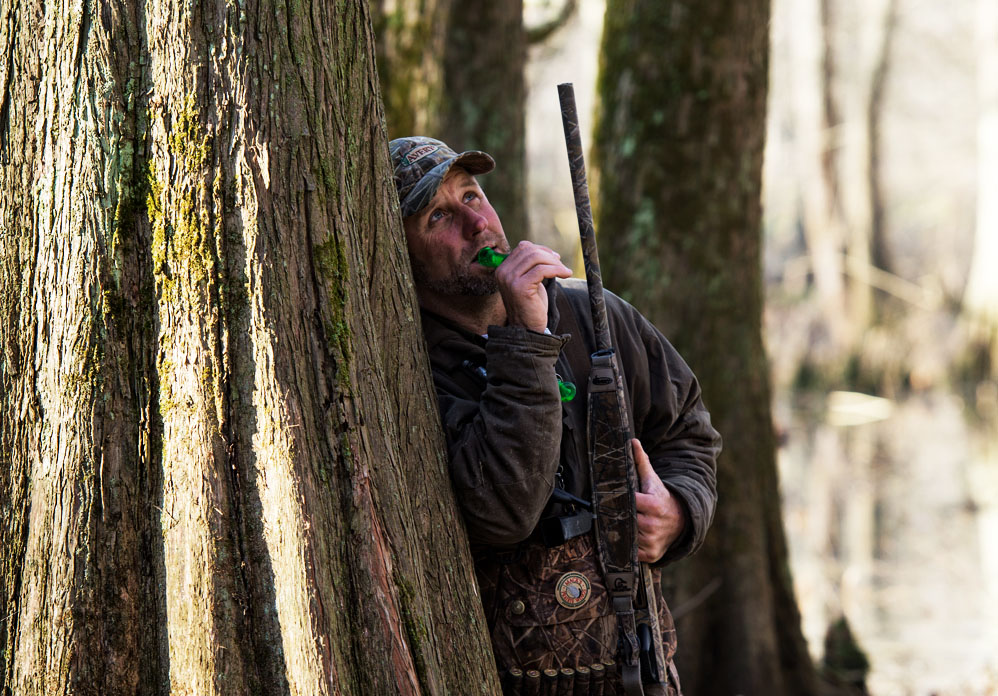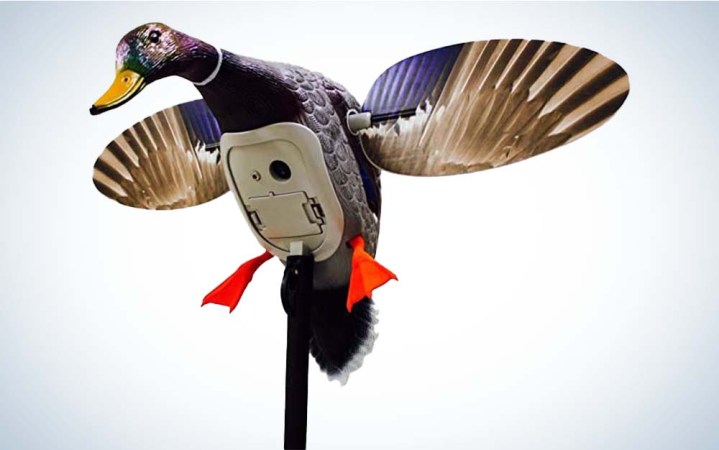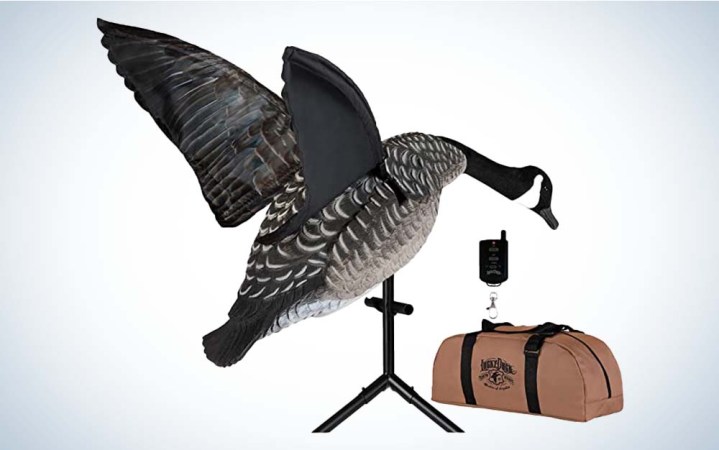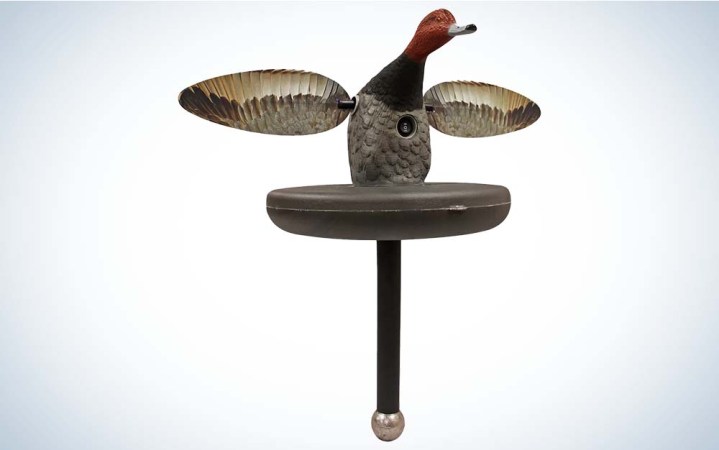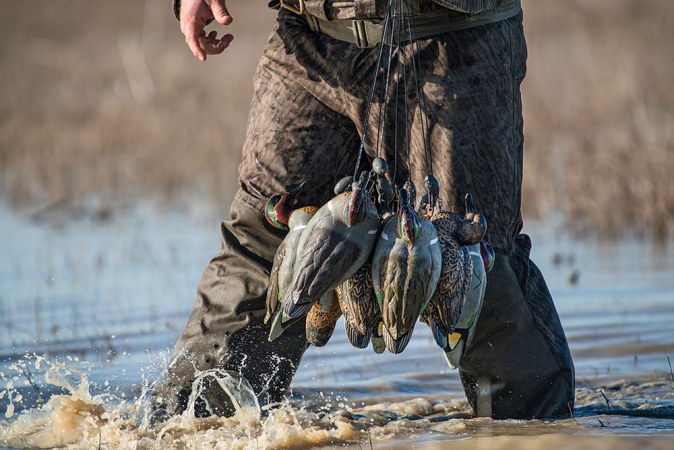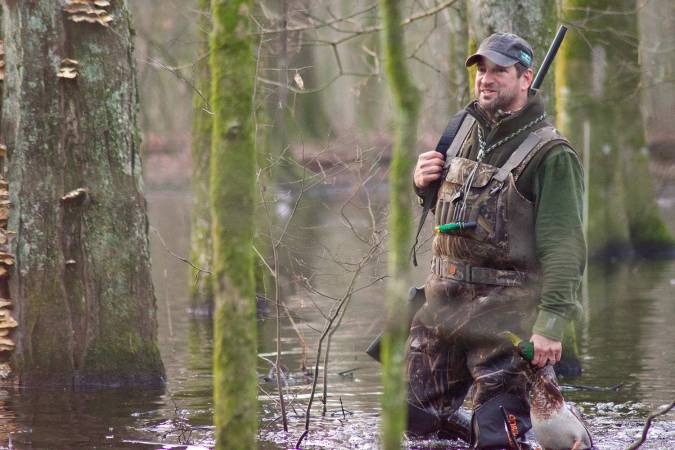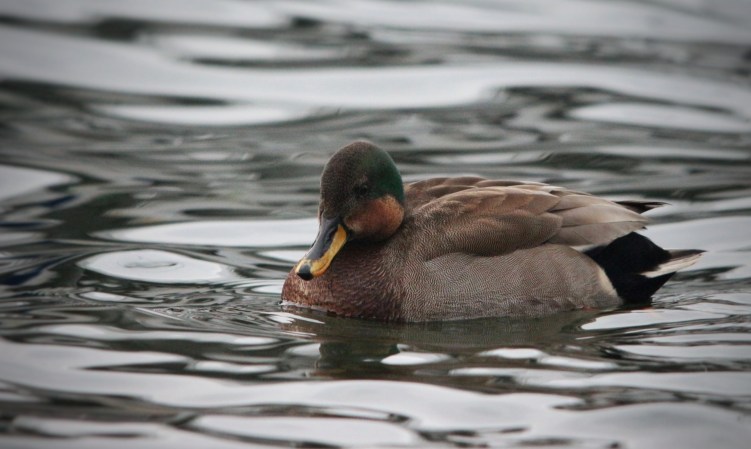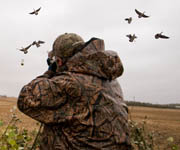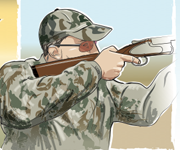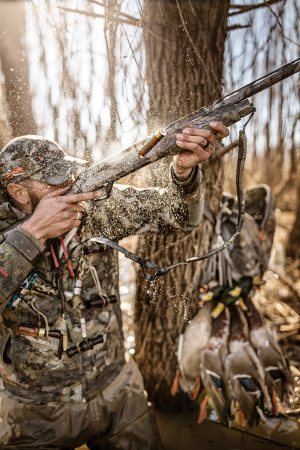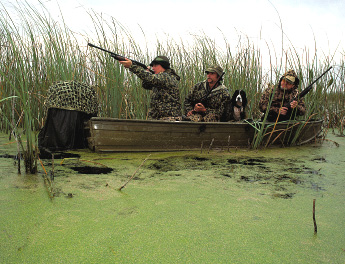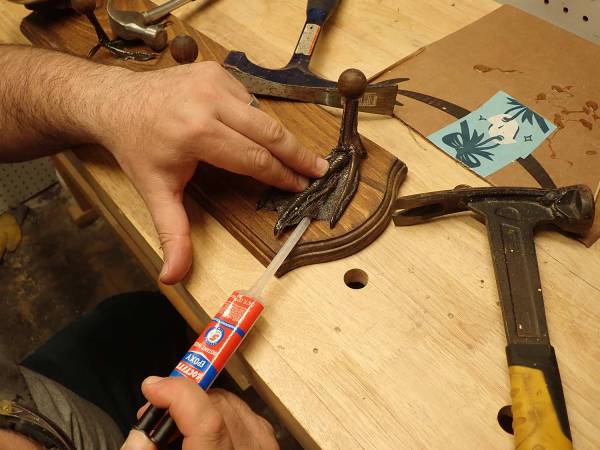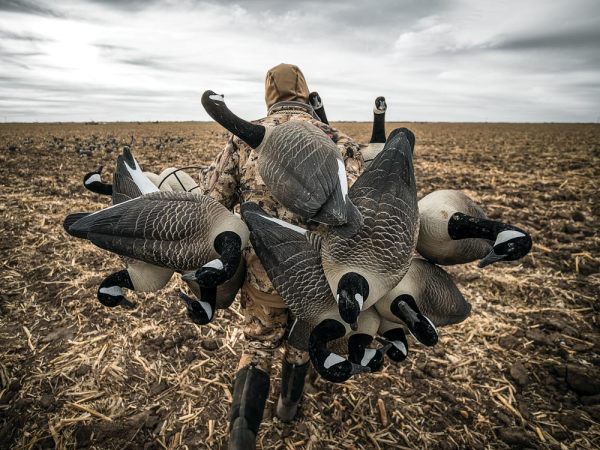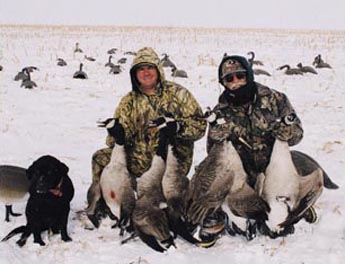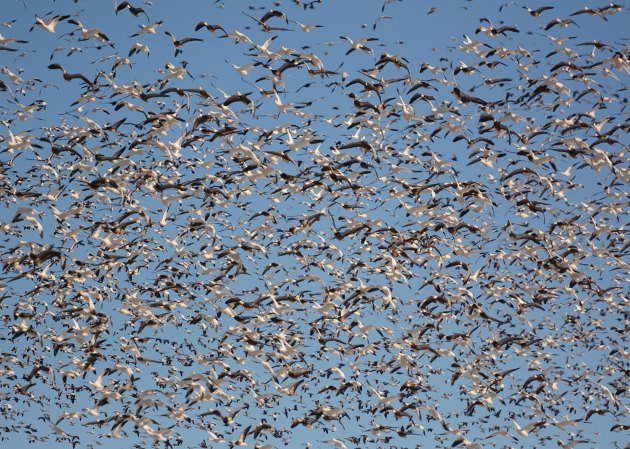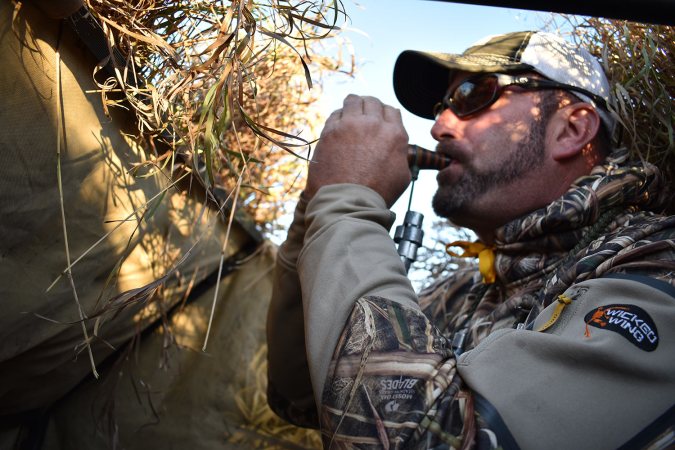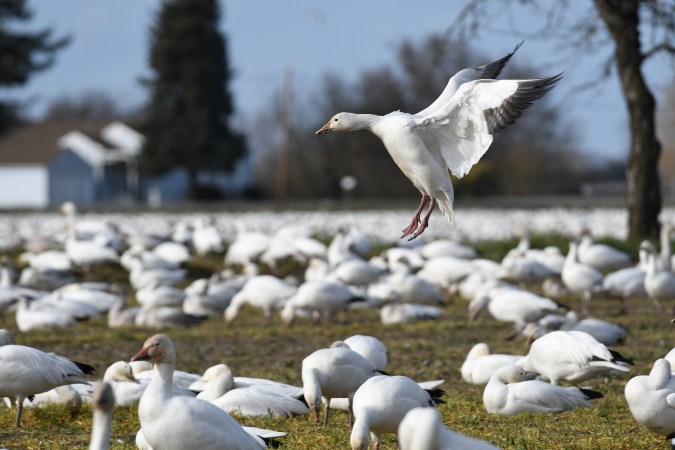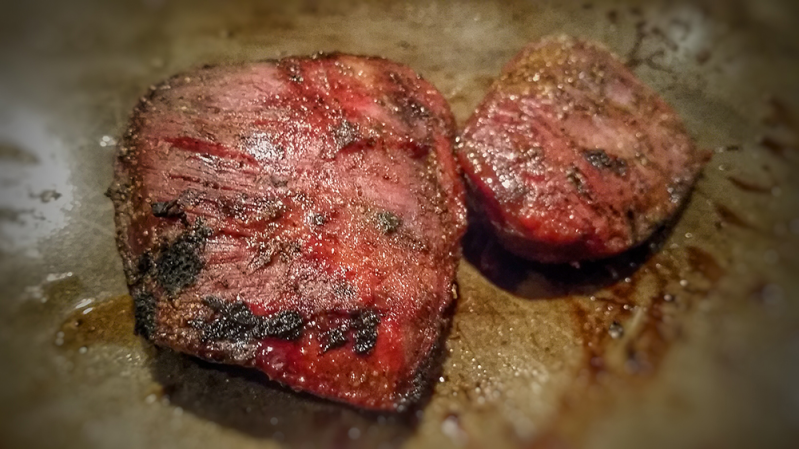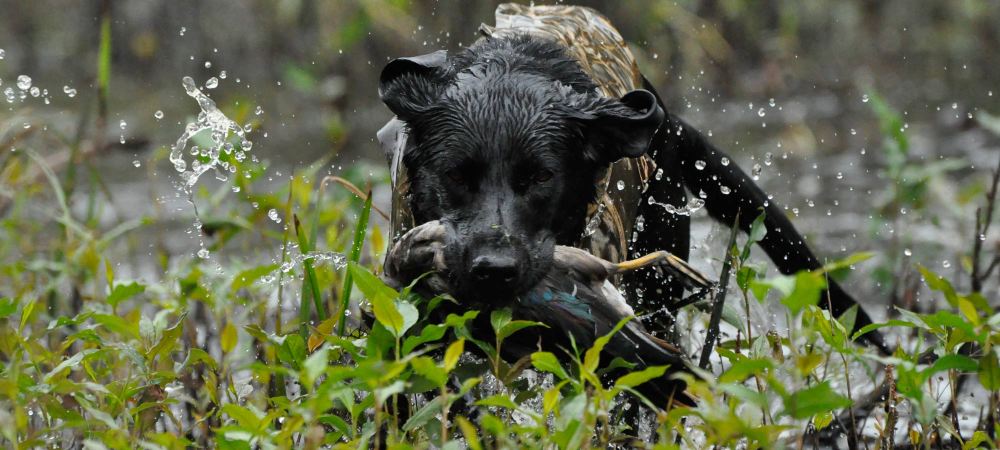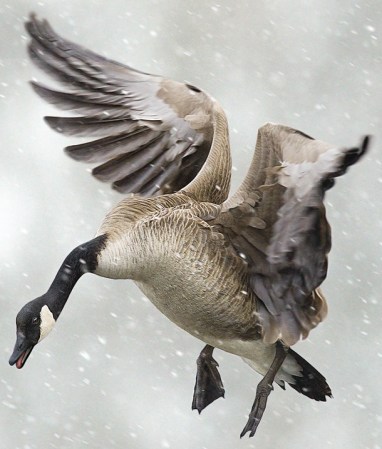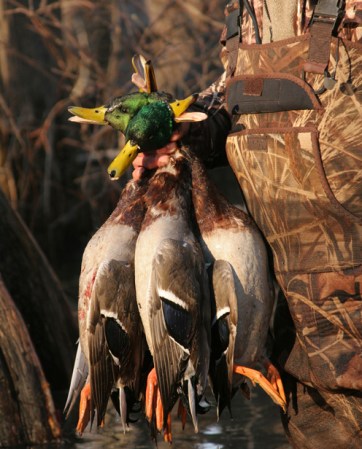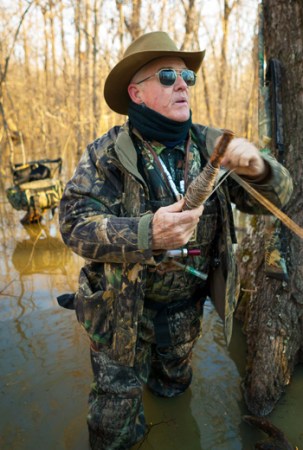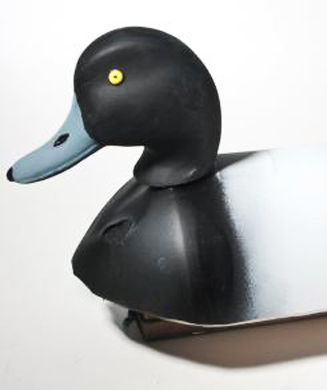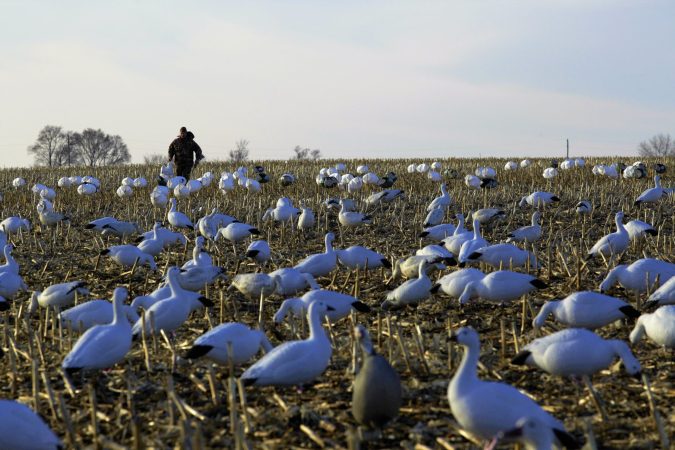Think about how many times you’ve spotted a whitetail buck slipping through the woods by the flash of his white antlers or flickering tail hitting a beam of sunlight. Or how often you’ve walked by a shaded bush and never noticed a rabbit or pheasant until it darted out behind you. Fact is, highlights and shadows figure into hunter success no matter what you’re pursuing, because they can either enhance or impede visibility.
While all hunters contend with the effects of direct sunlight and shadows, none have to plan their hunts around them more than waterfowlers. Because sunlight illuminates objects and attracts attention, they need to set their spreads where the sun will maximize visibility at prime flying time. And whereas shadows can help conceal hunters, geometric and unnatural ones can draw attention to layout blinds and pit-blind openings. On a calm day when your goose spread is lifeless, shadows can make your setup look even more suspicious. If you’ve had good decoying come to a screeching halt as soon as the sun crests the horizon, you know how light, and the shadows it creates, can be.
In general, though, there’s a reason expert waterfowlers usually prefer bright, clear mornings, not the dark overcast days some believe are optimal. Flat, overcast means no shadows for concealment, which makes it easier for birds to spot hunter movement; and due to the lack of contrast, it’s harder for birds to see the decoys from greater distances. That said, bright sunny days are only useful if you know how to make the most of them.
Use the Shadows to Hide Better
Kelley Powers, of Final Flight Outfitters and Power Calls, meticulously plans his duck and goose hunts around shadows and believes most hunters fail because they don’t.
“Any time you can set up in the shade, you’re going to be invisible on a sunny day,” Powers says. “If you’re duck hunting in timber holes or in sloughs with tree lines, use the trees to your advantage and set up where you’ll fall into shade as soon as the sun comes up. When the wind lines up and you’re goose hunting in a field with little cover, use fencerows and short tree lines to keep you hidden. As long as you can’t feel the heat of the sun, you’re okay. If you set up where you can [feel the sun’s rays], you’ll have to be perfectly concealed to remain undetected, including covering your face and hands and making sure you move only when the birds are facing away or when you’re ready to shoot.”
Not All Shadows Are Equal
Hunters who set up in fields know all too well how quickly a hunt can go south as soon as direct sunlight hits their layout blinds. Even meticulously brushing them up is not going to hide you unless you can mitigate those long shadows the blind creates. As any veteran field hunter knows, eventually, as the suns gets higher, the shadows will shorten and cease to be a problem. Unfortunately, that could be after the main flight is over.
Pick the Right Spot
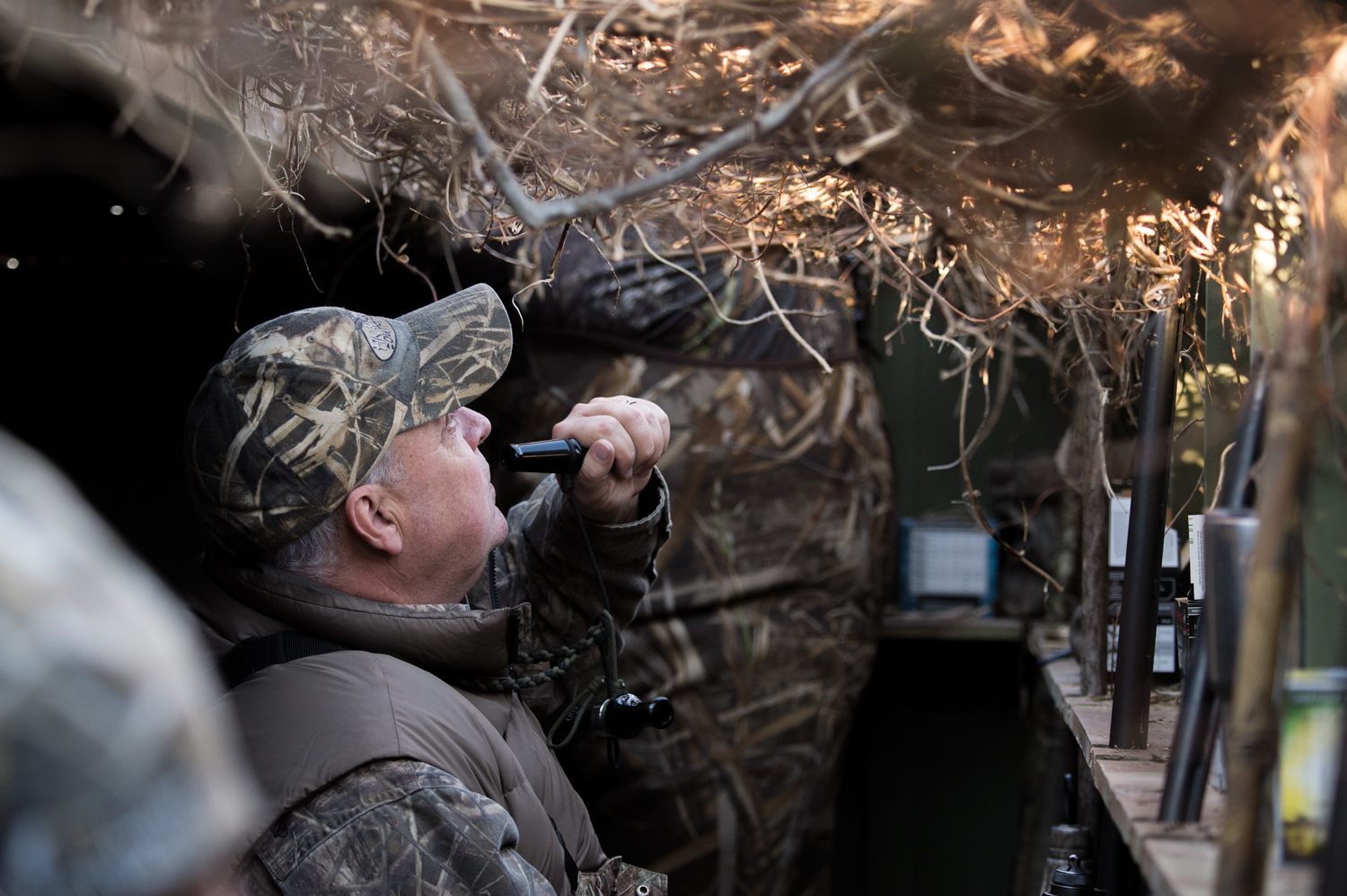
So how do you plan your hunt around shade when you have to factor in wind direction? Like treestand hunting for deer, it’s always good to have some options based on predominant wind directions, especially if you’re hunting from permanent blinds.
Since the predominant wind in many parts of the country is westerly, setting up on an east-west tree line, facing north, will give you the greatest advantage, since the ducks can approach the decoys parallel to the tree line and the sun at that time of year (fall and winter) is arching in a southerly path, placing you in the shade. For mornings when cold fronts or south winds dominate, north-south-running timber or windrows allow you to blend into any high cover, with the west side best for shadows.
Mobile hunters have more options and can set up wherever the wind aligns with shaded cover. Waterfowl typically feel more comfortable landing parallel to a fencerow or tree line than into it, but where cover is relatively short, like where a stubble field meets taller grass, birds rarely shy away no matter what their approach. And if you’re going to be hunting out of a layout blind, it doesn’t take much cover and shadows to hide.
Stop Birds From Flaring
You can significantly reduce the likelihood of birds flaring from hard shadows by using only low-profile blinds. You may have to lie flatter to the ground and be in better shape to sit up and shoot, but the shadows will be much easier to disrupt than those from taller blinds. If you’re lucky enough to hunt a cut cornfield with plenty of stubble and stalks lying about, bring a rake and gather chaff from around the field and pile enough along the sides and back of the blinds to where they form a gradually sloping apron, which will make shadows less defined. Western and Midwestern field hunters know the value of tumbleweeds. Waterfowl are used to seeing these bulky, round weeds out in the middle of pastures and harvested fields, and it takes only a few placed around blinds to make shadows look more natural.
How to Hide In Plain Sight
When cover is sparse, try placing head up full-body decoys or windsocks on tall stakes (this will not work on big Canada geese) tight to the sunny and shaded sides of the blinds to break up their linear shadows. Where possible, align blinds so the rising sun is directly behind them; that will help control how much shadow a blind casts, although be mindful that the sun’s angle changes constantly early and late in the day. I’ve found lying on a simple pad with a headrest, and covering up with an appropriately colored Ghillie blanket, allows me to hide in the barest cover because the low profile casts very little shadow.
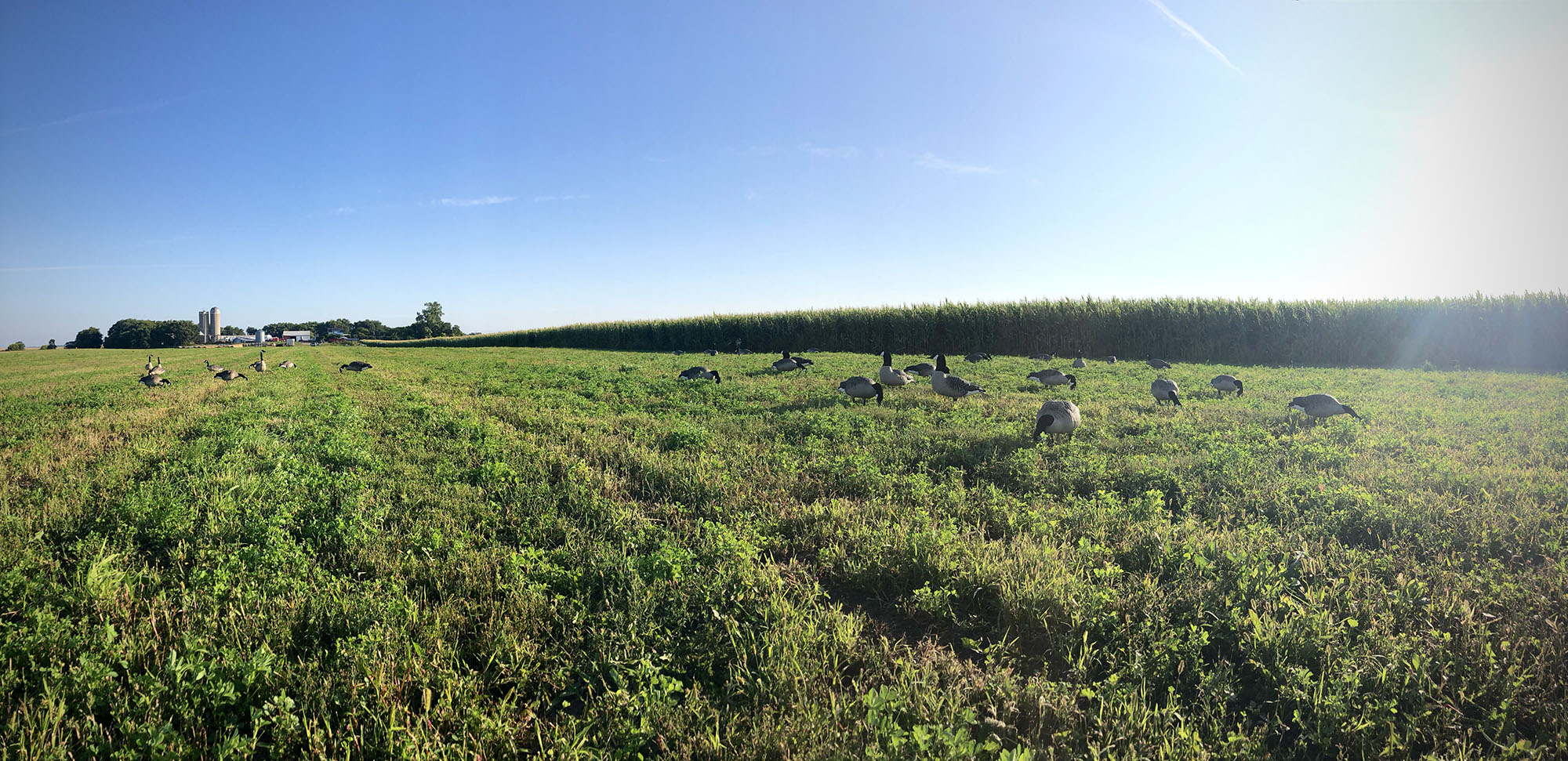
Powers likes to set up in the back (upwind side) of the spread so the geese are distracted by all the decoys in front of him. And where cover is sparse, he likes to cluster blinds. Instead of having to conceal four separate hunters casting four geometric shadows, for example, he’ll arrange them in sets of two, tight together, then brush them up so there are only two main shadows to control, not four. When cover is really scarce, sometimes the best remedy is to hunt only a few hunters at a time and swap out as limits are filled.
Layout-blind hunters aren’t the only ones who need to conceal geometric shadows, as hunters who use pits, boat blinds or permanent blinds know. As the season wears on and the vegetation and other cover on the blind wears thin, it’s important to replenish your camouflage, particularly since birds get progressively better educated.
Years ago, while working with Higdon Decoys, Powers discovered a few more interesting things about shadows that can greatly affect hunter success. First, from greater distances and viewed from above, he found that full-body decoys (snow geese would not be included in this) often blended into a field because a Canada goose’s colors: browns, grays, and tans. What did show up were their shadows, which were all the more pronounced when the sun was low.
The Value of Movement
Visibility is what you want in decoys, so at face value the decoy shadows were an asset since they increase contrast and definition. The bad part was how they compared to live geese. “If you’ve ever watched flocks of geese on the ground and from a high vantage, it looks like the ground is crawling,” says Powers. “With a high sun and shadows directly underneath them, the effect isn’t so discernable, but early and late in the day the shadows they cast are long and, when they’re moving, create a flickering effect that’s really noticeable.
“By comparison, when we looked at our spread of full-bodies from above, those same shadows didn’t dance around at all. In fact, they made the decoys look even more lifeless. That’s the idea behind Higdon’s Wobbler goose decoys and their stake system that generate lots of motion even in the slightest breeze.”
Static shadows could be another reason why the first few hours of direct sunlight, before the sun rises high enough to significantly shorten decoy shadows, tend to produce fewer decoying birds. By contrast, overcast days and before the sun comes out don’t produce much shadow and therefore don’t have the same issues, particularly on calm days. In that regard, there are times when overcast skies trump bright, clear conditions. You can always manipulate decoy shadows and create artificial movement if you’re hunting water by using a jerk rig, which will cause ripples on the water and get the decoys dancing.
Put Duck Decoys In the Sun
Because sunlight reveals detail and heightens visibility, it’s important to place your decoys where the sun will hit them during peak flight activity, which usually means the earliest moment possible. Shadows are a fact of life when hunting timber holes and breaks, but hunters who place the bulk of their spread where the sun first hits the water will have a substantial advantage, especially if they are competing for birds with neighboring clubs or on public land.
“In lots of places you’ll hear hunters say, ‘It gets good here around 8 o’clock.’ The reason why,” says Powers, “is that’s when the sun lights up part of the hole. Decoys disappear in shade, so they do you no good even when ducks fly straight overhead. If you want your decoys to have maximum drawing power, get them into the sun as early as possible. The most successful duck hunters always know where the sun is going to first touch the water, or they will move decoys into those first rays of light if they’re not there already—even if it’s only a 10-by-10-foot patch of light.”
Powers will even go so far as to place spinners on extended poles to get them as high as possible and lit by the first rays of sunlight penetrating the woods. That one move can turn high-flying flocks his way in an instant—ducks that would otherwise continue on their way.
If you want to become a more effective waterfowler, you have to learn how to use shadows to your benefit and how to tame them when they’re working against you. Yes, you want to hide in the shadows, but if your decoys are also in the shade, all the concealment in the world won’t help. That’s why smart waterfowlers don’t just scout for birds; they also scout for effective hiding spots that factor in sunlight and shade.
Add Motion to Your Spread
These motion decoys can help make your spread look more lifelike whether you are hunting fields or water. But remember, as you get deeper into the season, birds often become more wary of spinning wing decoys, likely because so many hunters employ them. Smart ducks will equate that flash from the wings with danger, and steer clear of your spread. If you see birds flare—and are hidden well—it’s probably your motion decoy.
Mojo Elite Series King Mallard
Mojo’s latest spinning wing decoy is more durable, more realistic looking, and creates less wobble. It’s ideal for hunting field mallards or setting up on the water.
Lucky Duck Super Goose Flapper
This flapper decoy has flexible wings and a 50-inch wingspan. It mimics a Canada goose popping up in the flock and flapping it’s wings (if you watch a flock of geese in a field, they do this all of the time).
Mojo Elite Series Floater
Mojo also makes a floating spinning wing decoy that’s designed for deeper water. It’s ideal for adding movement to diver spreads.
